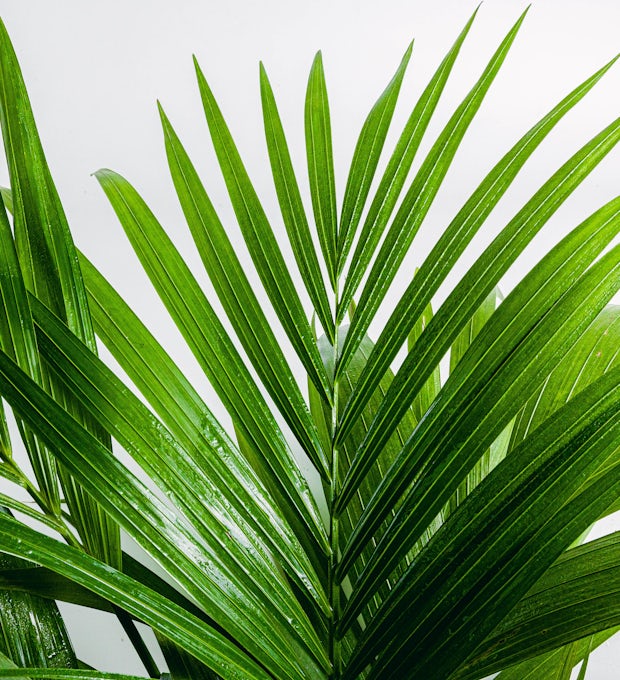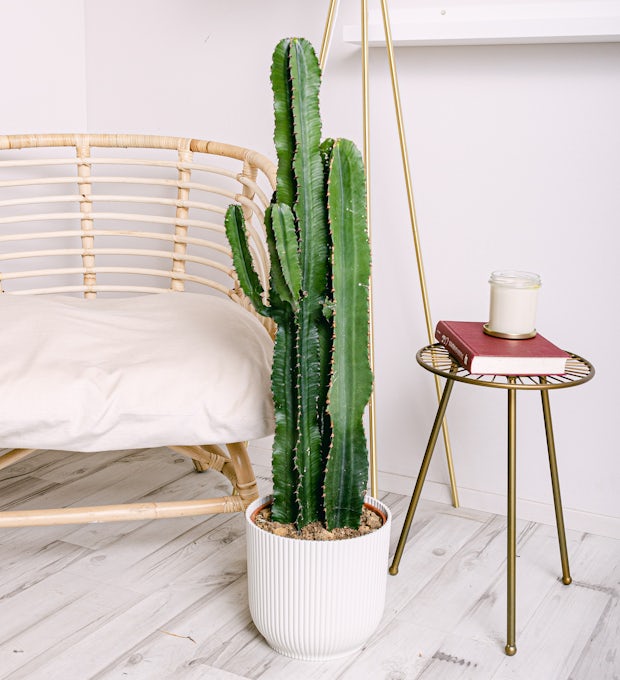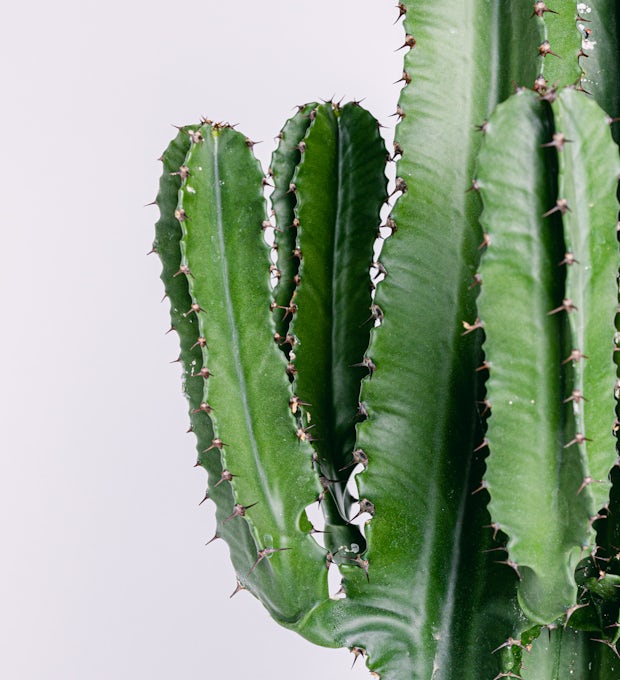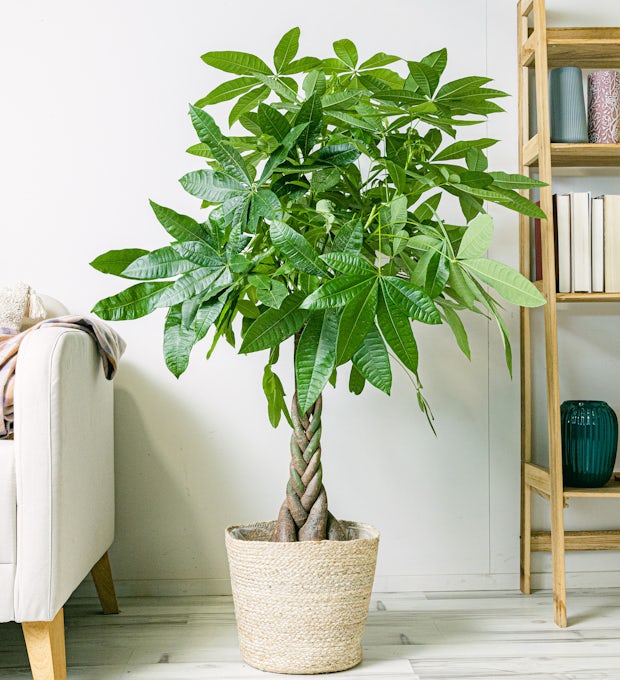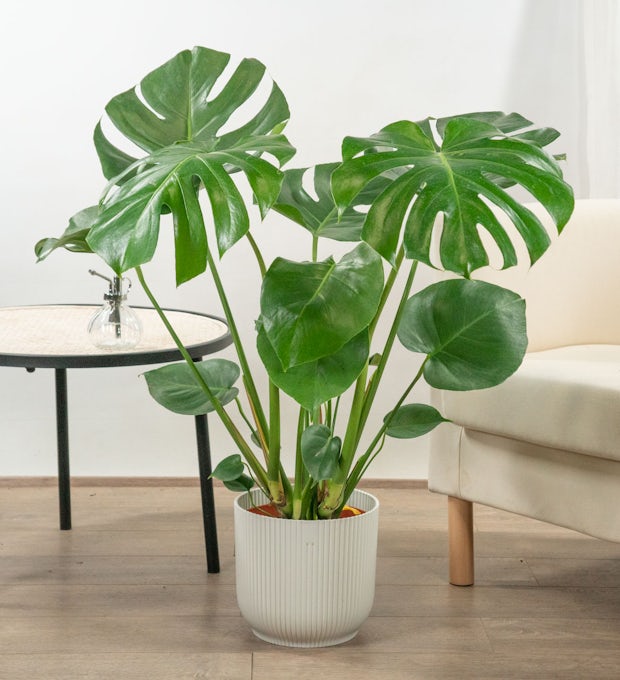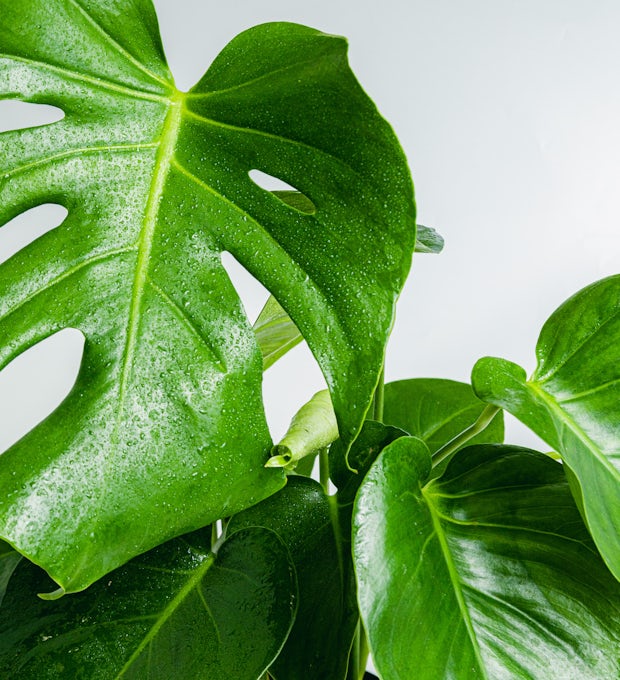Attention animal lovers! Today I want to share with you a very important topic: the Easter Lily and its danger to our adorable pets. Did you know that this beautiful flower can be toxic to our furry friends? It is something that worries us a lot, but don't worry, because in this article I will tell you how to protect your pets and avoid any scares. Get ready to find out everything you need to know about this plant and how to keep your beloved animals safe!
The Charm and Danger of the Easter Lily
The Easter Lily, with its vibrant colors and elegant flowers, may be enchanting to look at, but it's important to note that this plant is highly toxic to our beloved pets. Although its name evokes the celebration of Easter, we should be aware of the dangers it poses to our furry friends. Easter lily contains poisonous substances that can cause anything from skin irritation to serious gastrointestinal problems and even kidney failure in dogs and cats. We cannot be carried away only by its beauty, we must be alert and take measures to protect our pets from this dangerous flower.
Symptoms of Pet Poisoning and What to Do About Them
When it comes to our pets, their safety and well-being are our top priority. That's why it's essential to be on the lookout for possible symptoms of poisoning in case our furry friend has had contact with the Easter lily or other toxic plants. Some common signs of pet poisoning include vomiting, diarrhea, lethargy, difficulty breathing, and seizures. If we notice any of these symptoms, it's important to act quickly. First of all, we must move our pet away from the plant and remove any debris that may have been left in its fur or mouth. Next, we should immediately contact our trusted veterinarian for guidance on what to do next. In some cases, it may be necessary to induce vomiting in our pet to remove any toxic substances he has ingested. However, we should never administer any medication without consulting a veterinary professional. How quickly we act can make the difference between life and death for our pet. Therefore, it is essential to be informed about the symptoms of poisoning and know what to do in case of an emergency.
We ship plants to all locations, you can see more options here.
Other toxic plants to Look Out For
Other toxic plants to watch out for are those that, without realizing it, can become a danger to our adorable pets. We can't ignore the fact that many of the plants that decorate our homes and gardens can cause serious health problems for our furry friends. For example, the famous Easter lily is just one of the many plants that we should avoid having near them. Others such as Aloe Vera, Begonia, English ivy and Poinsettia can also be toxic to our pets. It's sad to think that something as beautiful as a plant can be harmful to our faithful companions, but we must be aware of it. It is important to educate ourselves about what these plants are and keep them out of the reach of our pets. In addition, we must be aware of the symptoms of poisoning in case our pets have had contact with a toxic plant. Prevention is key to ensuring the health and well-being of our animals, so we must take all the necessary precautions to avoid any type of accident.
We ship plants to all locations, you can see more options here.
Tips for Keeping Your pets safe from Poisonous Plants
When it comes to our beloved pets, their safety and well-being always come first. That's why it's crucial to be aware of poisonous plants that can pose a danger to them in our home. Here are some tips to keep your furry friends safe from these toxic plants. First, familiarize yourself with the species of plants that are poisonous to animals. Do your research and learn how to recognize them to avoid having them in your garden or indoors. Also, be sure to place poisonous plants in places inaccessible to your pets, such as high shelves or hanging from the ceiling. You can also use physical barriers, such as fences or fences, to prevent your animals from getting close to dangerous plants. If you have poisonous plants outside, consider fencing off that area to prevent your pets from coming into contact with them. Finally, maintain an enriched environment for your animals by providing them with fun toys and activities that keep them occupied and away from toxic plants. Remember, prevention is the key to keeping your pets safe from poisonous plants.
Safe and beautiful alternatives to decorate your home without risks
If you are a lover of decoration and also have pets at home, it is important that you consider safe and beautiful alternatives to beautify your home without putting the health of your furry friends at risk. Instead of having toxic plants like Easter Lily, you can opt for other options that don't pose a danger to them. For example, succulent plants are an excellent choice, as in addition to being beautiful and easy to care for, they are non-toxic to animals. Another safe option is air plants, also known as Tillandsias, which don't require soil or pots and can be placed in any corner of your home. In addition, you can use artificial flowers to spice up your spaces without worrying about toxicity. Always remember to do your research on the plants you want to have at home and make sure they are safe for your pets. In this way, you will be able to enjoy a cozy and decorative atmosphere without risking the health of your faithful companions.
How to Educate Your Pets to Avoid Contact with Dangerous Plants
If you have pets at home and want to make sure they're safe from dangerous plants, it's important to educate them to avoid contact with them. You can start by setting clear boundaries and teaching them which areas of the house are safe and which they should avoid. Use positive reinforcement, such as treats and petting, to reward your furry friends when they move away from toxic plants. It's also helpful to train them to respond to basic commands like "no" or "walk away." This will help them understand that they should not approach dangerous plants. Another effective strategy is to keep plants out of reach. You can place them on high shelves or hang them from the ceiling to prevent your pets from reaching them. If you have a garden, consider fencing it off to prevent your animals from accessing poisonous plants. Remember to be consistent in your training and be on the lookout for any suspicious behavior from your pets. If you notice them showing interest in a specific plant, redirect their attention to a toy or activity that is safer and more fun for them. Education is key to keeping your furry friends away from dangerous plants and ensuring their safety at all times.
The importance of surveillance and prevention in the health of your animals
When it comes to the health of our pets, vigilance and prevention are critical. It is our responsibility to make sure they are safe and secure at all times. The importance of being aware of your surroundings cannot be underestimated. Not only do we need to be wary of toxic plants, such as the Easter Lily, but also other potential hazards they could be exposed to. This includes household chemicals, harmful foods, and small objects that they could accidentally swallow. Prevention is key to avoiding serious or even fatal health problems in our beloved pets. We need to educate ourselves about the potential risks and take steps to minimize them. This involves keeping toxic plants out of the reach of our pets, storing chemicals safely, and making sure they eat a balanced, healthy diet. Additionally, it's important to schedule regular visits to the vet for preventative checkups and vaccinations. Constant vigilance will allow us to detect any early signs of illness or poisoning and seek medical help immediately. By being vigilant and taking proactive measures, we can ensure the health and well-being of our furry friends.
So now you know, the Easter lily can be a beautiful but dangerous flower for our pets. Learning how to protect our furry friends is critical to keeping them safe and healthy. Remember to be aware of the symptoms of poisoning and act quickly in case of emergency. Also, keep in mind other toxic plants that could pose a risk to your pets. It's always better to be safe than sorry. Consider safe and beautiful alternatives to decorate your home without endangering your animals. And finally, don't forget the importance of educating your pets to avoid contact with dangerous plants. take care of them as they take care of you. Now I invite you to reflect on the responsibility we have as pet owners and how we can ensure their safety in every aspect of their lives

